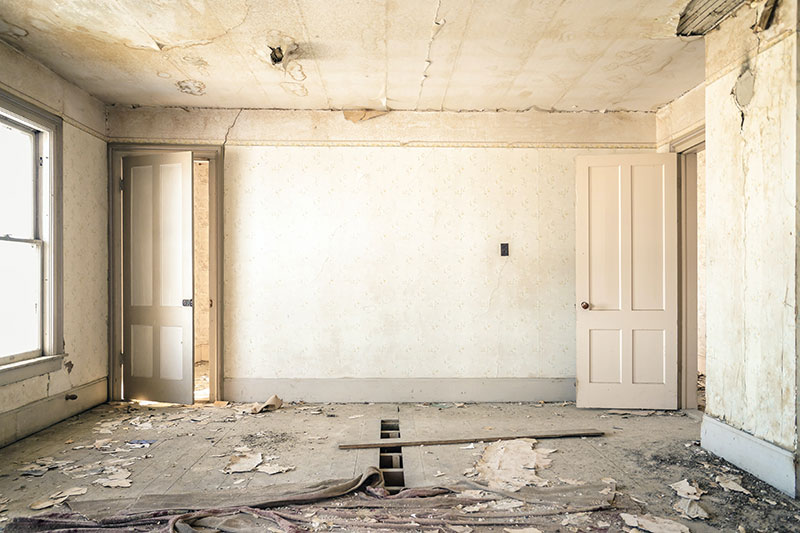Advertisement
A leaking ceiling can be a source of great anxiety to a homeowner especially if this occurs in the rainy months or in cold weather. In some cases, a homeowner can stop or control a leak occurring in the ceiling with some tools purchased from a nearby hardware store. Leaks can happen due to a number of reasons from poor quality pipes or roofing materials to damaged plumbing or a damaged roof.
- Pinpoint The Damage As Far As Possible
One of the first steps of troubleshooting an issue such as this is to identify where the leak is occurring and what its origins are. Place a bucket or deep bowl under the leak (or a large measuring jug if you have one) so you can ascertain the frequency and extent of the leak. Mark out the area using canvas or painter’s tape whether you have single or multiple leaks in your house.
The next step is to determine the origins of the leak as best you can. Do you have an attic overhead or is this your main roof or a secondary one? Trace the leak back to a broken pipe in another room or evaluate the external state of your roof by climbing onto it and inspecting it with a flashlight. If the roof damage is minimal you can even replace shingles yourself but for more complicated projects such as having to lay down new insulation and get rid of mold, you should contact a reputable Annapolis roof repair company.
- A Leaking Ceiling Rarely Occurs In Isolation
A leaking ceiling is rarely an isolated occurrence and is usually indicative of deeper problems that have associated issues such as pest infestations, mold, and so forth. In areas where there is a leak, there might be foul-smelling water, corrosion in the pipes, organic decomposition in broken roofing shingles or even rotting wood in attic planks. Look for signs of an advanced problem such as paint bubbles on a painted ceiling, sitting water or soaked wood flooring in the floor above you, or a broken pipe in a bathroom.
Dangers such as asbestos, lead, corrosion in metals, mold, fungus, termite infestation in wood, and so forth should be considered while you are troubleshooting the problem so you are not exposing yourself without a personal protection suit or equipment. In many cases contacting a professional pest control might be best or a professional roof repair contractor who can help you deal with the aftermath of a large leak.
- The Shape Of The Ceiling
The shape of the ceiling has a role to play in a ceiling leak that is originating from a deteriorating roof. Circular roofs usually have a leak in the middle, for roofs that are conical or fan-shaped, the lowest point is usually the origin of a leak with the water moving toward the larger part of the roof. It is also important to pay attention to lighting fixtures as they can hold water from leaks before the leak is discovered.
If you are having a leak on a secondary roof (roof of the second or third storey) it may not even be connected to your main external roof but to a pipe or bathroom malfunction. Collection points for leaks can include cupboards and cabinets along with tall bookshelves so you may need to get up on a ladder to check if this is the case.
- Check Drainage Systems
Drainage systems such as gutters, downspouts, and plumbing are huge indicators of a ceiling leak. In some cases, the issue can be resolved by having a plumber come over and unclog your pipes and drainage systems.
- Home Improvement Tools For DIY Solutions
If you have identified the source and origins of the leak/s you can use basic home improvement tools to fix the problem. For a leaking toilet buy a new wax ring and then caulk the base firmly. For a broken roofing shingle, you can replace the shingle yourself with some specialized screws and a drill from the hardware store. If the weatherproofing and the insulation of the roof have been compromised you can uproot the roofing shingles and lay down and secure a new weatherproofing sheet.
For bathroom malfunctions, caulking is effective to waterproof the side of the shower pan or the bathtub so the water is not seeping into the floor. In some cases, in older bathrooms, the sensible mode of action is to replace the floor tile with sheet or vinyl planks and to double-check the drainage pipe.

